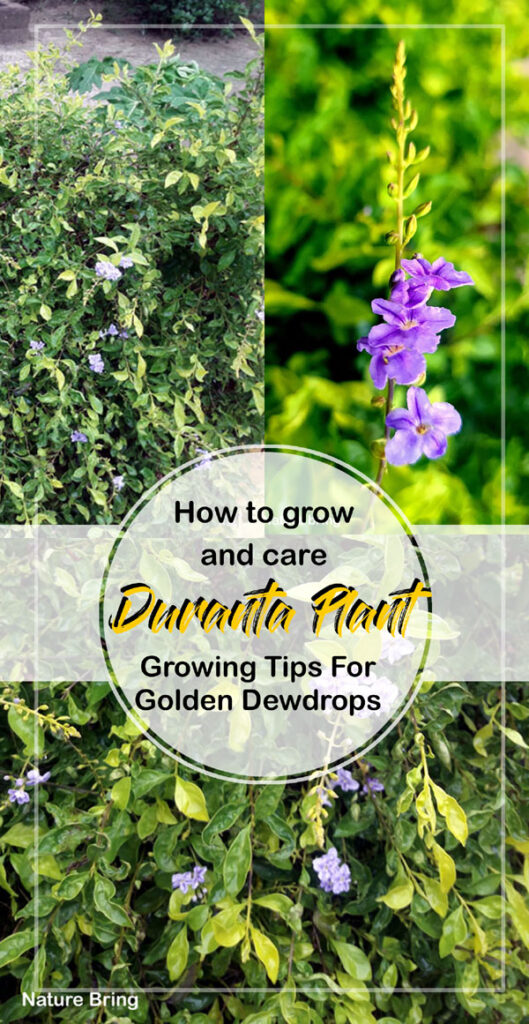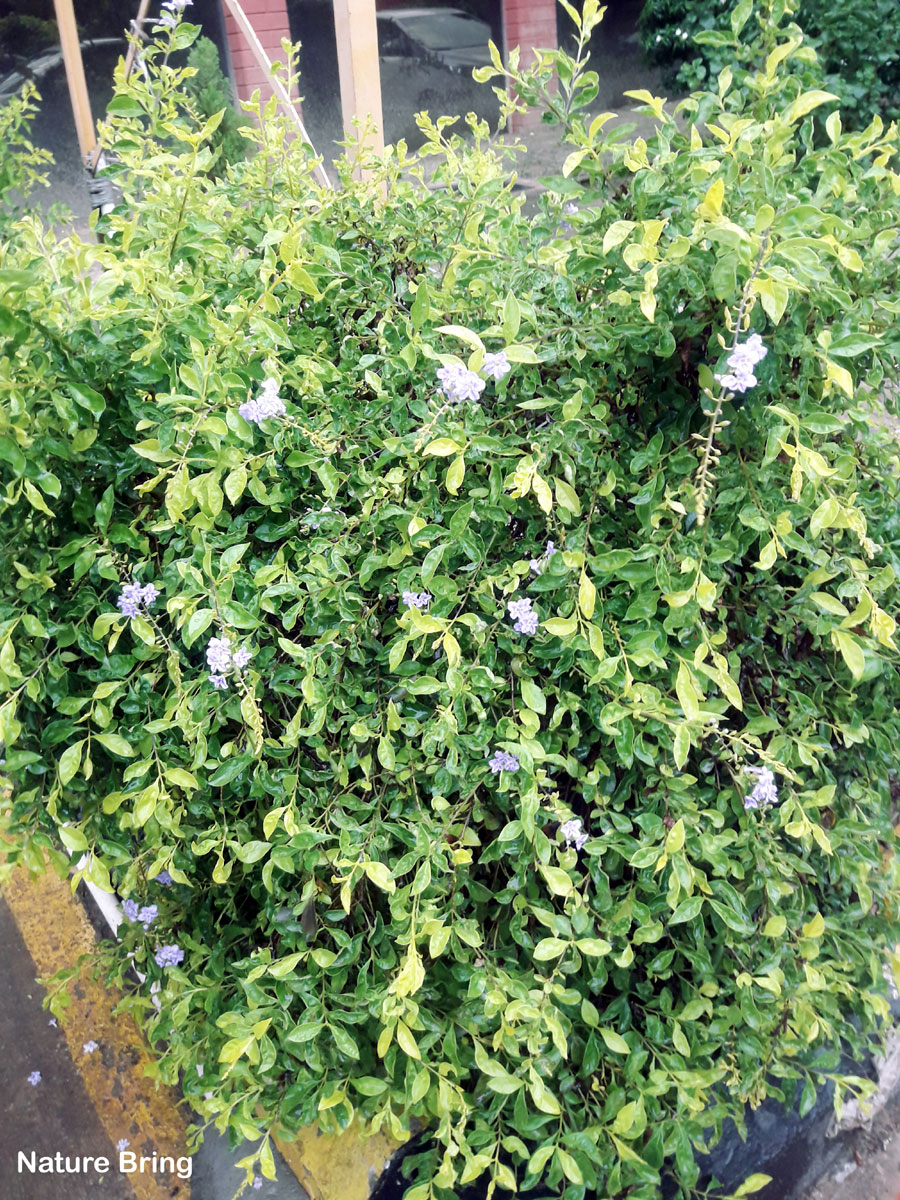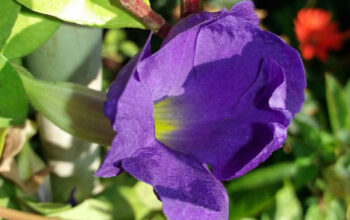Duranta Plant (Sky flower)
From Mexico to South America and the Caribbean, Duranta erecta is a flowering shrub in the Verbenaceae family. Plants of this species are widely cultivated in tropical and subtropical gardens as ornamentals, and many locations have become naturalized. Golden dewdrops, pigeon berries, and sky-flower are some of the common names for this plant. Usually appearing as panicles, these flowers may also be light-blue or lavender in color, and they bloom over the summer in clusters located on stems at the terminal and apical ends. Fruits are small, yellow or orange berries that have a diameter of up to 11 mm (0.43 in) and possess several seeds.
Even though this plant isn’t listed on many toxic plant lists, numerous academic sources indicate that its leaves and berries are extremely toxic. The berries are, however, a favorite food of birds that eat them without suffering any consequences.
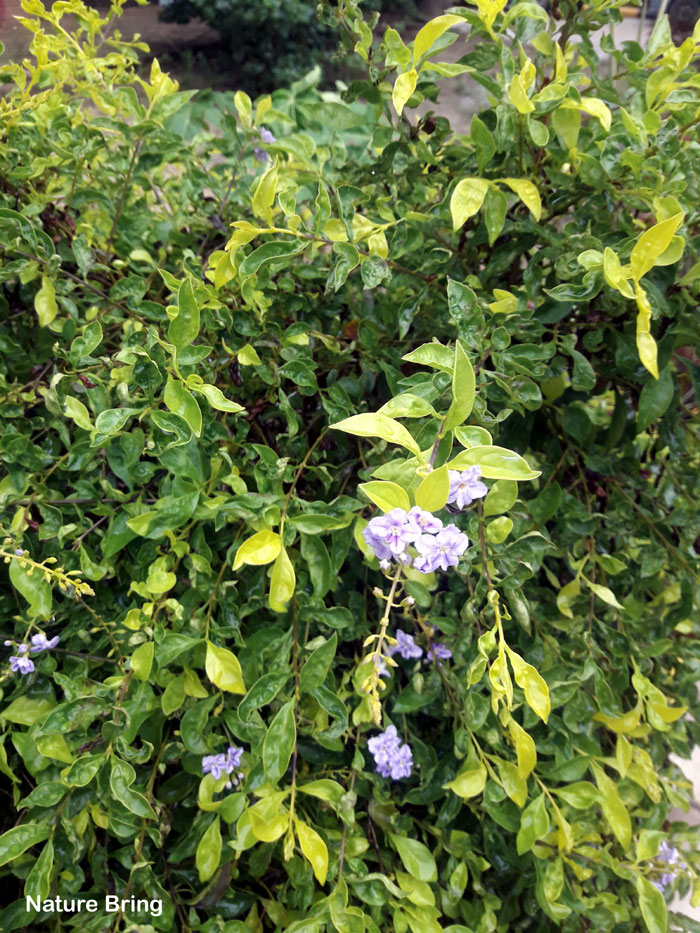
Overview Duranta Plant
Scientific name Duranta repens
Common name Golden dewdrop, Pigeon berry, Golden dew drop and Sky flower
Plant type Annual shrub plant
Sun Full sun
Soil Well-drained loam soil, rocky soil
Soil pH 6 to 7.5
Flower colour Violet, blue, white.
Blooming time Spring to frost
Zone 10 – 11
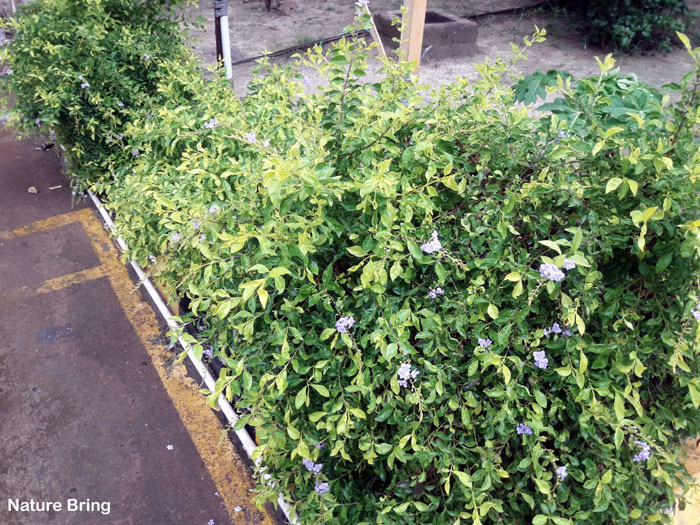
How to Grow and Care Duranta Plant
When planted in the spring, Duranta plants grow rapidly into small flowering shrubs in their first year, and in warm climates, a small tree is possible within a few years.
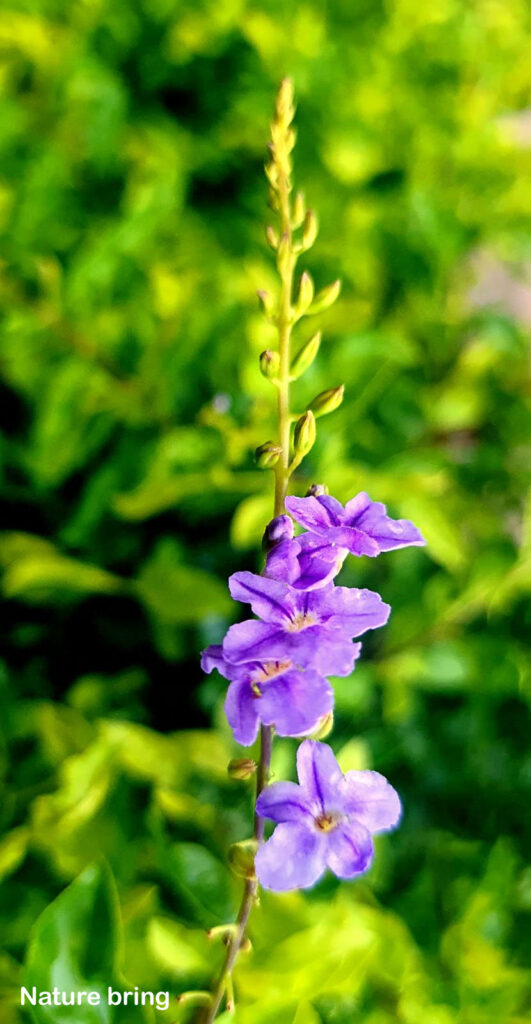
Growing from seeds
Many duranta plants are hybrids; therefore, propagation from seed is not recommended, as the plant may not bear the same characteristics as its parents. It is also possible to grow new duranta plants with seeds collected from fall-ripened berries if you are not concerned with an exact match. Simply remove the fleshy pulp from the berries and remove the seeds. Keeping the seeds moist is essential, so press them lightly into sterile potting mix. A temperature of 70 degrees Fahrenheit is ideal for germination to take place.
Growing from cuttings
The process of propagation is an inexpensive way to increase duranta populations, as well as a convenient method of overwintering plants when the original is too large to be brought inside. Stem cuttings root easily in duranta plants. Cut a 6-inch branch off a woody stem in the summer. Add the rooting compound at the end. Keep the cutting moist until green growth begins and establishes roots in the potting mix with good drainage. The sapling can be planted in the garden, or in a large pot for growing inside, once it is well-rooted and actively growing.
Sunlight
The golden color of Sky-flower plants can be achieved by growing them in warm, full sun conditions. This plant prefers sunlight but can grow with at least four hours of direct sunlight daily. While they can tolerate partial shade, too much shade causes their leaves to grow sparse and lanky.
Soil
They can grow in and clay soils whose pHs range from 6 to 7.5, though they are not salt tolerant. Well drains soil is good for this plant. drains well. Moisten the soil well to prevent it from drying out.
Watering
During establishment, water is regularly Re-water the topsoil if the top soil dries out. In order for plants to grow outdoors, they need about one inch of rainfall each week. If you are growing duranta in containers, water your plants once the top inch feels dry.
Temperature and Humidity
Temperatures below 40 degrees are too cold for the Duranta plant. They can, however, tolerate temperatures up to 100 degrees. Plants in containers of dewdrops should be brought inside when the temperatures fall below 40 degrees Fahrenheit (4 degrees Celsius). The Duranta plant thrives both in dry and humid environments. It can also be grown in coastal climates with salty air.
Fertilizer
Plants of the duranta genus do not have a high nutritional requirement, so rich soils are sufficient without supplemental fertilizer. Prolific blooms and fruiting can be encouraged by using slow-release fertilizers. Once a month, during the growing season, you can apply an all-purpose general fertilizer to lean or rocky soils. Fertilizing should not be done during the winter months. When the temperature reaches 60 degrees F, begin fertilizing again.
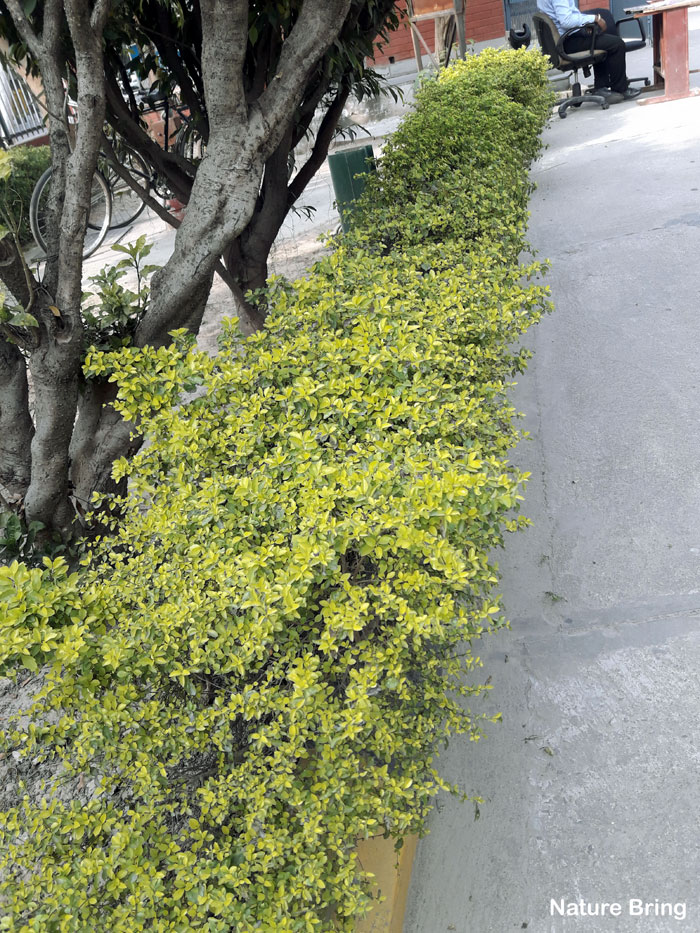
Pruning
A duranta plant needs to be pruned to keep it in bounds when it is winter hardy. Without pruning, it can take over paths and structures and even choke out surrounding plants. Plants with duranta flowers form new growth during the winter dormant period, so you can severely cut back the winter dormant growth in preparation for the spring growth spurt.
Read also:
How to grow and care viburnum opulus. How to grow Yesterday Today and Tomorrow plant . Growing Lilacs in containers. Flowering shrubs plants Bougainvillea in pots. 10 Garden Fences keep your privacy (Living Fence).
For pin:
